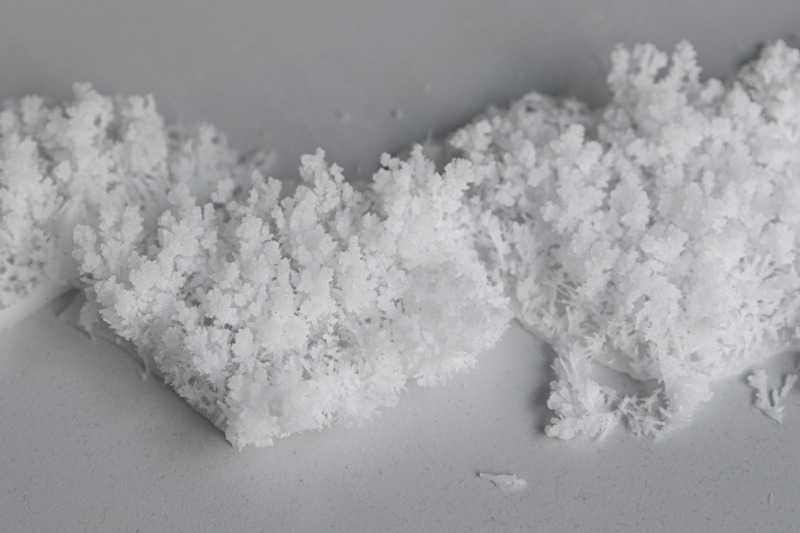Where does the heat and cold in our well-tempered architectures come from? How are the bodily and socio-political regimes of climate and thermal comfort created and experienced?
Against the backdrop of anthropogenic heat, this site-specific design intervention at Museum der Dinge critically engages with the environmental legacies of modernism. In dialog with existing environmental systems and the “energy things” from the museum’s collections, it opens up a discussion on human-made heat, drawing attention to the past, present, and future practices of thermal conditioning.
Modern buildings rely on complex systems of Heating, Ventilation and Air Conditioning (HVAC) to maintain artificial indoor climates. While these technical infrastructures, hidden in marginal spaces, provide thermal comfort and sustain the habitability, they are also major sources of energy consumption and deeply complicit in the climate crisis. Through the lens of “things”, the exhibition questions the normative, energy-intensive practices and discloses the ways in which thermal regimes are materialized and domesticated in living environments. Thermometers, pumps and valves, fans, thermal materials, processes and clothing, as well as environmental “service systems” — hidden or exposed — become part of the collaborative space of “Objekt-Bühne” within the museum’s collection. Not only do they harbor and transmit energy, but they also gesture towards, exceeding their status as passive objects, and organizing thermal relations of bodies involved. Historical accounts share the stage with the ongoing work of the Liquid Yarns research group, highlighting textile experiments with thermal processes. In the encounters between systems, things, materials, and heat, the intervention turns to the realm of ordinary and often neglected everyday practices of environment-making, imagining possible futures beyond climate control.



